Retail space continues to be attractive investment in Vietnam
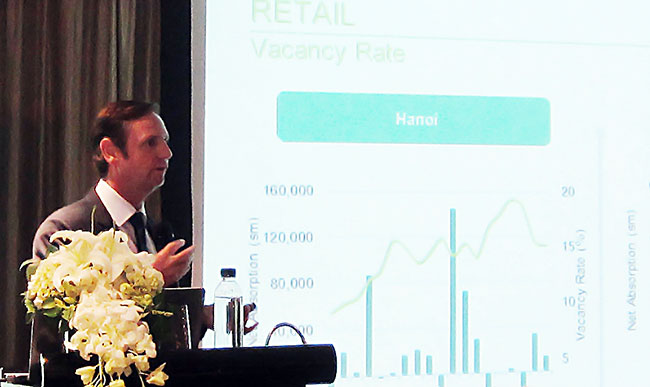
According to CBRE’s latest report released today at the Retail Real Estate Market Update 2015 conference in Hanoi, the country’s young population, rising disposable income, and quickly expanding middle class, coupled with a growing economy and new infrastructural developments, have caught the attention of some of the region’s largest retail giants who are now in fierce competition with emerging domestic players.
One factor contributing to the Vietnamese retail market’s increasing appeal, as pointed out by the report, is the rising consumer confidence. Vietnamese consumer confidence is back on a rising track due to the positive effects of a stable economy and a GDP growth rate of approximately 6.5 per cent. A record low in interest rates and lower oil prices will also incentivise spending in 2015.
These market dynamics, reinforced by the removal of the foreign ownership limit in the retail market as per Vietnam’s WTO commitments, have resulted in an influx of new international retail brands. In 2014 Hanoi saw 27 new brand names come to new development projects, such as the refurbished Trang Tien Plaza in the centre of Hanoi and Royal City Megamall, a 240,000 square meter, six-level underground mall in Dong Da district.
New brands at the Ho Chi Minh City retail scene in 2014 included Robins Department Store, part of Central Group from Thailand, Lalique, the UK’s Marks and Spencers, along with a host of new food and beverage operators, such as Café Bene and Holly’s Coffee from South Korea, and well-known US brands such as Popeyes and Dunkin’ Donuts.
However, cashing in on this growing market is not easy as it requires close collaboration between developers and retailers.
“Competition for a share of the consumer’s wallet is fierce. Consumers are now more sophisticated and knowledgeable, and place value on an overall retail experience when shopping,” explained CBRE Vietnam’s executive director Richard Leech. “Shopping centre managers will need to have a good understanding of what their customers want, leverage the data they can collect from apps and digital marketing, provide more and better quality entertainment facilities, and collaborate more with retailers.”
The supply of retail space has grown in 2014 in the major markets of both Hanoi and Ho Chi Minh City and is expected to continue growing during 2015. By the end of the year, it is expected that Hanoi will have approximately 840,000 and Ho Chi Minh City 600,000 square metres of formal retail space.
Competition amongst local developers is heating up as Vietnam’s largest property developer, Vingroup, expects to open between 25 and 30 new shopping centres across the country in 2015. The group has also entered the supermarket business under the name VinMart this year.
What the stars mean:
★ Poor ★ ★ Promising ★★★ Good ★★★★ Very good ★★★★★ Exceptional
Latest News
More News
- Trump's trade policies could shape Vietnam's economic outlook: Dragon Capital (November 15, 2024 | 16:56)
- The One Destination partners with Singapore investor and institutional fund to build ESG real estate complex (November 11, 2024 | 10:32)
- Stabilising measures must sit alongside land price hikes (November 07, 2024 | 09:56)
- CapitaLand Development records strong bookings for Orchard Hill (November 07, 2024 | 08:19)
- Public transport and real estate: The rise of Transit Oriented Development (November 05, 2024 | 15:06)
- Funding flows to second-tier localities (November 03, 2024 | 15:24)
- Hanoi has long road to travel in becoming a smart city (November 03, 2024 | 15:00)
- Nam Long Group hands over keys to Akari City Phase 2 (October 30, 2024 | 18:29)
- KTG Industrial expands industrial footprint at Taitronics 2024 (October 29, 2024 | 14:46)
- Deal signed for sustainable development at Prodezi Eco-Industrial Park (October 26, 2024 | 10:02)




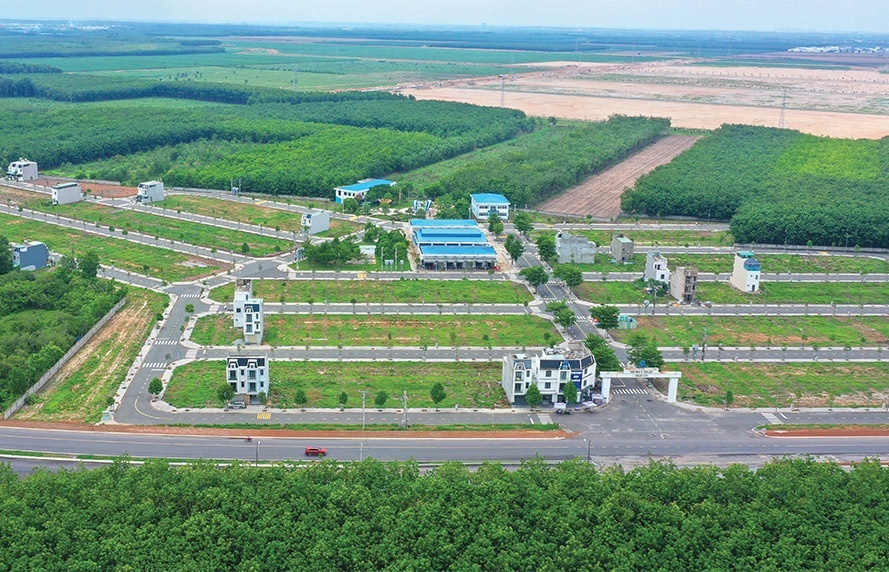


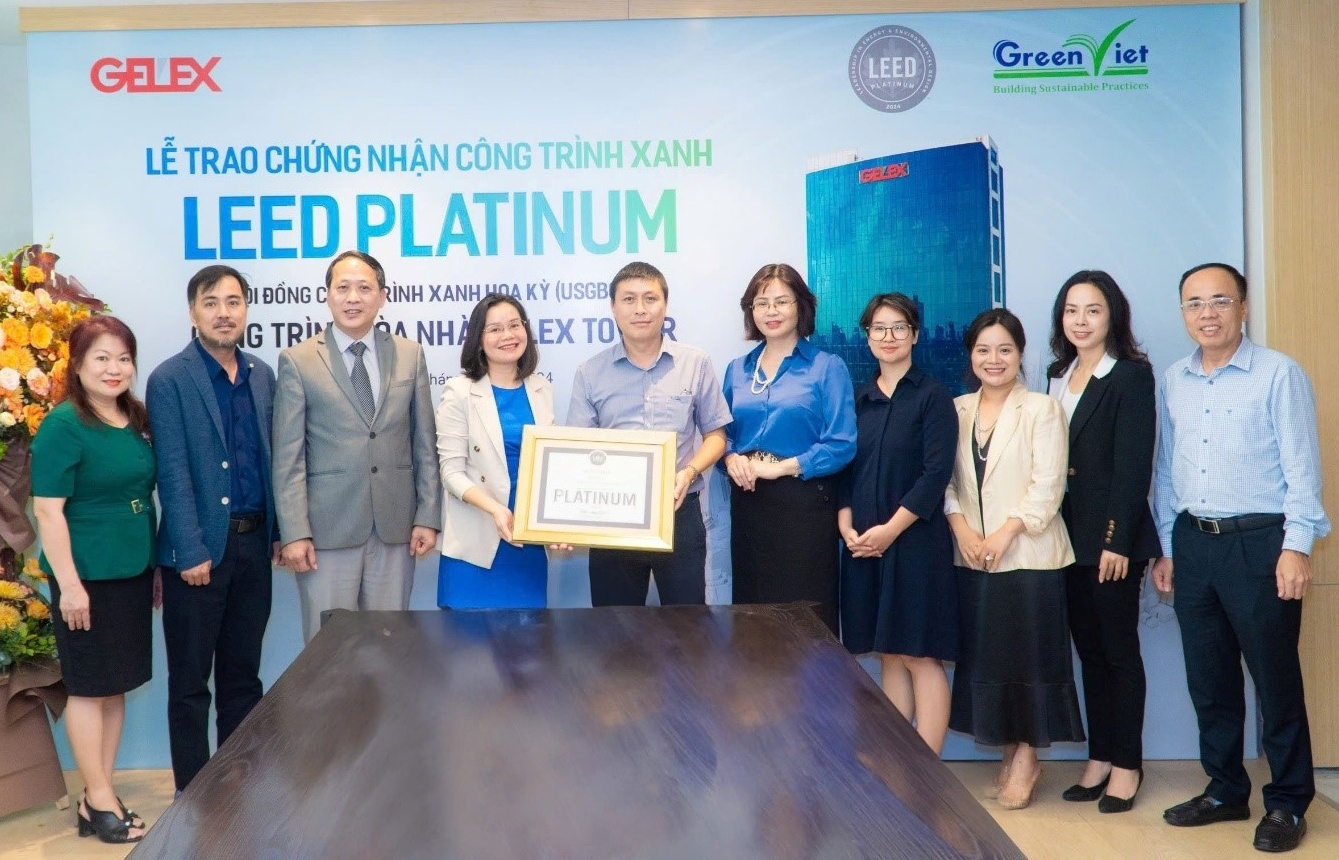
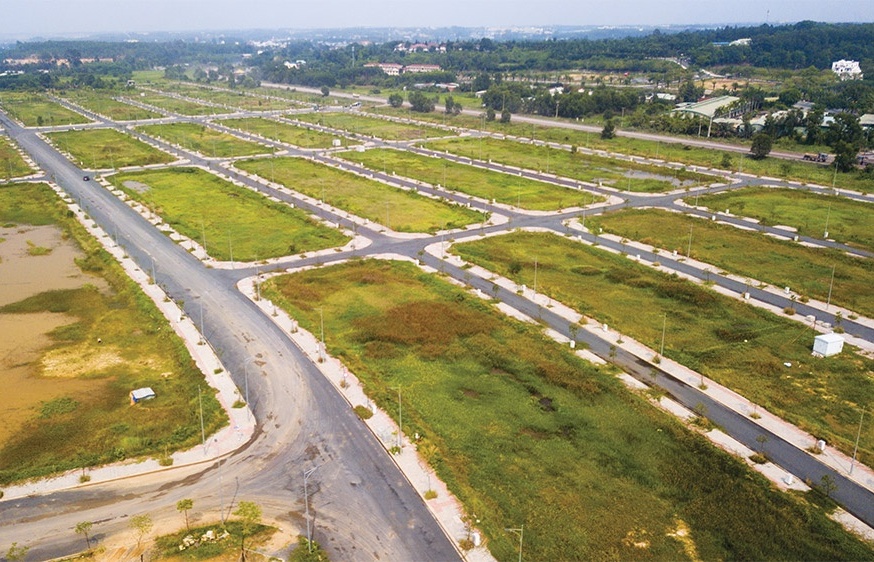
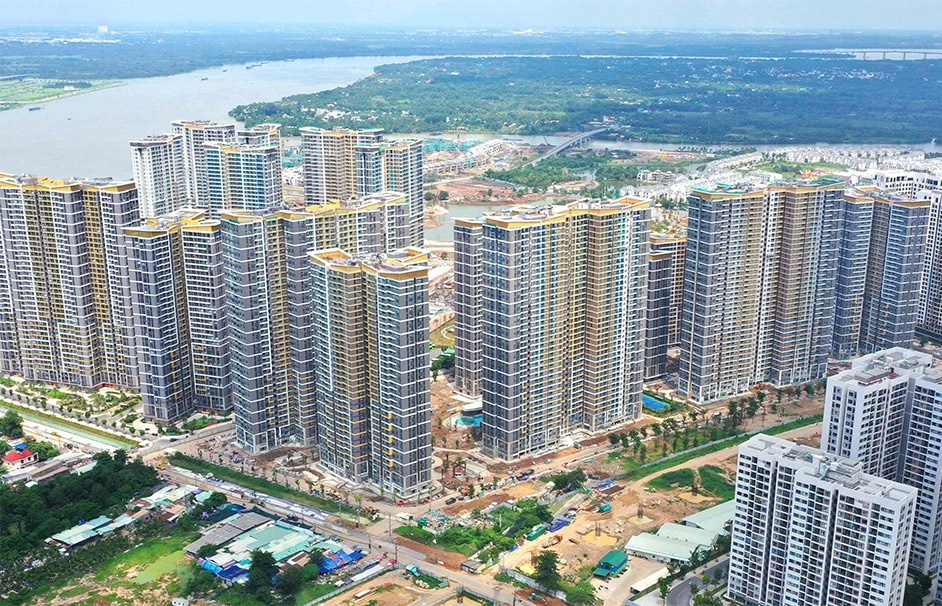









 Mobile Version
Mobile Version